You might not dwell on it a lot, but your fork does not move until your brain has already processed everything it needs to with all the intricate details on the plate, and is ready to make a decision. Life is more than hunger; it’s a response towards colors. Every single one of them conveys a message before a taste is even taken, such as that beautiful slice of lemon-yellow cake, beige mashed potatoes, and captivating red apple.
Just like you, every single person is wired to be emotional needs to respond towards food.
Have you ever pondered why blue food looks odd? Or ripe tomatoes provide a sudden rush of energy?
That is not random, that is psychology. That is the deeper world of food, and craving something looks like the sole reason makes you dive into its color.
Key Takeaways
- The effect of food on people’s emotions starts shaping way before the actual tasting happens.
- The sight of warm colors such as red and yellow evoke excitement along with increased hunger.
- Blue or green set the mind at ease or signify good health by being cool in tone.
- Colors of food are intertwined with culture and emotion.
- Deliberately selecting food hues can enhance wellbeing.
The Eye Leads, The Mind Follows
Consider the last time you dismissed a dish as “off.” Maybe the color was wrong or too dull. The chances are high that this plate was not gobbled with as much enthusiasm as it deserved. That is likely because your brain is trying to pair the colors with expectation. Whenever something looks right, your body moves toward it. When something looks wrong, your body hesitates. That hovering instinct is prehistoric. Strange colors in food could once signal danger, rot, mold, or even poison. Over time, humans learned to recognize color as a important indication font deciding whether to eat or not.
Even nowadays, this color decision making plays an important role in modern life. A walk down any grocery store aisle exposes one to loads of marketing. Bold reds and yellows demand attention. Even greens suggest health and nutrition. Blues are used sparingly because they can signal something artificial. To an untrained eye, it seems as if green’s got the best of them. Whether you know it or not, your brain is categorizing and reacting entirely based on color.
But first, safety and expectation of flavor goes hand in hand too. Imagine tasting a cherry-flavored candy, but it is purple in color—they will never taste the same. Your eyes and taste buds work together, and when the color emits the wrong signal, it becomes a chaotic mess in your mind. Such is the power of the expectation that is resulted by sight.
Warm Colors Stir The Appetite
It’s no accident that fast food restaurants utilize red and yellow.Within these colors lie energy, and alertness, which is critical when addressing fast food, which is filled with meat and savory foods that put us in a surging sense of urgency. While both colors depciting a sense of danger, yellow taps into the emotion of happiness, thus when combining them, people feel a rush of wanting to eat, instead of the feeling of hunger.
You conjure up the image of consuming golden french fries, marinara sauce, or steaming golden brown bread. Moving on to deeper analysis, the hue of orange represents tastes of tenderness. With cheddar, pumpkin soup, and curry sitting between red and yellow, it pulls the friendless of both colors.white and orange foods are more associated with family gatherings displaying rich emotionally
This combination draws an entirely new approach to how food is perceived. Colors offer a new perspective which most people have never thought off. Instead of filling our bellies with nutrition, it magically appears like joy.
Cool Tones Create Curiosity Or Calm
What comes to mind when you think of blue food? It sounds strange, does it not? That is because blue is quite uncommon in the world. There are a handful of blue foods and even fewer exist in nature. Most berries are not truly blue in color. For instance, blueberries are a shade of deep violet, not blue-blue. Our brains evolved to cope with certain patterns. Thus, fully blue food like steak or pasta is unnatural considering the fact blue tend to suppress appetite. Blue can be cool but it is not appetizing.
Research shows that blue lighting or plates can suppress the amount of food people consume. This is one of the reasons why blue is used in weight loss environments; not because it is mystical but due to it disrupting a person’s eating rhythm. This is how it works: when a person’s brain hesitates, they are likely to not reach for the fork.
On the contrary, we associate green with food that is fresh. Foods such as green apples, herbs and avocados send signals of vitality. Encountering green on a food plate is often associated with healthy and light ingredients. Even if the food is neutral, the calming visual signals are enough to soothe the body. You are reminded of growth, nature and healing.
Let’s move on to another enigma in the food spectrum—purple. It neither screams nor talks, rather, it hums. Food associated with purple is often rich, elegant, and sophisticated. Purple foods include, but are not limited to: wine, plums, blackberries, and eggplants purple foods. They feign recalling an elaborate past and hold within themselves a discreet yet self-assured hint. It symbolizes profound intricacies of human curiosity. Purple is a color reserved for special occasions, not everyday meals.
Beige And Brown Speak Of Home
Even though they might not be eye catching, neutral food colors like beige have a special kind of beauty. Tortillas, toast, and even porridge have soft beige shades which captivates our attention. These colors are enjoyable because we don’t have to think twice before consuming foods having these neutral colors. They are safe, warm, and comforting: often the background of our first meals.
Bread, baked goods, porridge, roasted meats, and creamy foods contain light brown, tan, and beige shades. These foods remind us of family traditions, home cooked meals, and warmth. In Western society, these beige foods are a sign of cooked food and indicate effort and readiness. This explains why even golden brown bread feels more nourishing.
You feel reassured when consuming neutral foods even though these might not be the most exciting. Neutral beige foods assist you in remembering cherished meals served by your loved ones.
Color Is Also Culture
Once again, Cultures depicts red the same way, but imagine the divergent perceptions in the adjective of red. In the East, red means lucky, while in the West, red is a sign of fast food frenzy. Other cultures like India perceive yellow as a symbol of holistic health, whereas buff orange is perceived to be a signal of strength in African culture.
Colors do not only depend on culture, but also on story telling and geography. Reason being, the food and colors people associate with statements they found while growing up be etched into their memory, which further explains why green chutney, mole , and chutney evoke such strong sense of belonging.
Chutney goes hand in hand with community and the same applies for other places across the globe. While settling in the UK, Vietnamese students cherish the contrast between greens with pale of white mark the Pho dish. Canadians Algerian citizens reminisce the bright red oil of Canadian Jollof rice. Such sense of food appreciation marks vivid imagery tracing back to an individual’s childhood.
Artificial Color Creates Confusion
The food industry started using food dyes for marketing purposes, since they know how to leverage colors to market their products. If a snack is not colorful, its color will be enhanced and wax applied if the fruit is not ripe. Food marketers do not care about adding value; they only wish to amplify their profits using artificial schemes. Over the past years there has been an extreme instance of over-embellishment and advertising gimmicks.
Children love to pick from vibrantly designed menus, why not serve them brightly lit and colored foods such as blue jelly beans or pink ice cream, it is sure to captivate them. Despite the fact that children may love this, nutrition professionals have classified this as hyper novelty which results in children disrupting their craving patterns towards food.
Experts believe these phobias stem from the increased accessibility of strongly colored foods, or ‘junk,’ marketed toward children. Parents wish that children do not have constant access to neon colored foods that promote non stop eating. This negative attitude towards foods leads to children being less selective towards graceful eating.
Using Color With Intention
Once you appreciate the role of color in your food, you can start paying attention to its many ways of supporting your emotional and physical goals. If you are feeling anxious, for example, maybe the last thing you need is a meal that has contrasting bright colors. Instead, mild greens and soothing textures like soft beige soups may do wonders for your system. If you’re low on energy, however, looking at vibrant colors will do the trick even before your body responds, so citrus fruits, red peppers, and golden curry may brighten your mood.
Think of your plate as a canvas. Naturally colorful foods tend to be balanced from a nutrient perspective, but they also make the brain happier. The mind loves variety more than most people appreciate. When your eyes are treated, your body will follow.
Meal design around color is not about creating Instagram-friendly content. It is meant to alchemically alter the emotion behind each bite we take. Creating with intent means every belly is more than filled—it is nourished.
My Opinion
Now you know, my friend. Color is food’s glowing robe, and wearing it is not simple. Food carefully prepared dictates how we nourish ourselves, the emotions behind the act, and even who we grow to be. From the meals we eat during childhood to the cravings of adulthood, folklore and modern gastronomy all share one thing in common: color.
As you create your next meal, take stock of the colors associated with it and how your body responds to them. What is it that you are hungry for? What do you want to look at? More often than not, the solution is not physiological; and instead, something deeper is waiting to be uncovered and tended to.
When color is applied to food, there is powerful insight; in fact, understanding the reason behind food colors offers guidance and self-control. One is able to shift from a mindless and habitual mode of eating to intentional and conscious action, where every bite allows a person to reinforce different positive outcomes feel good, think clear, and make meaningful decisions.
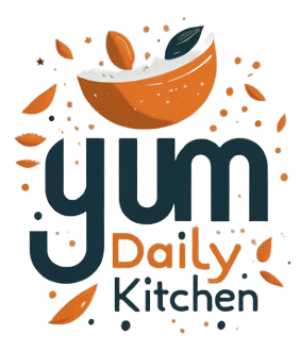
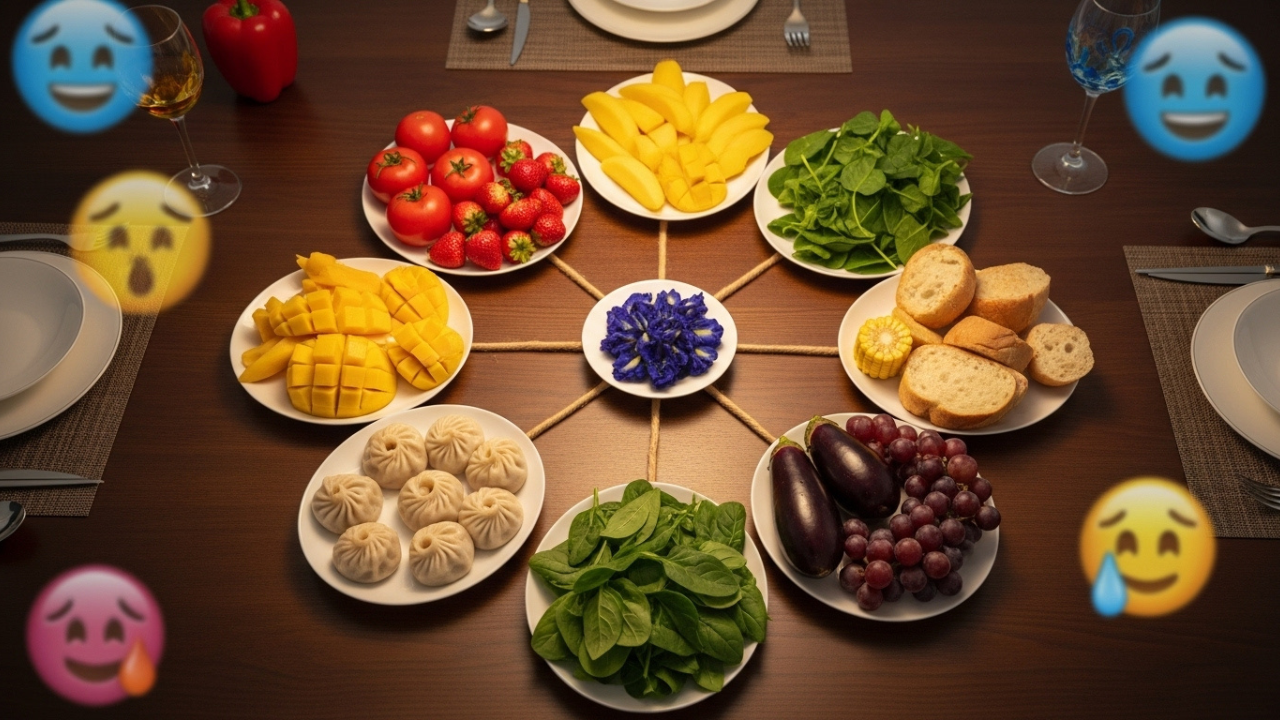
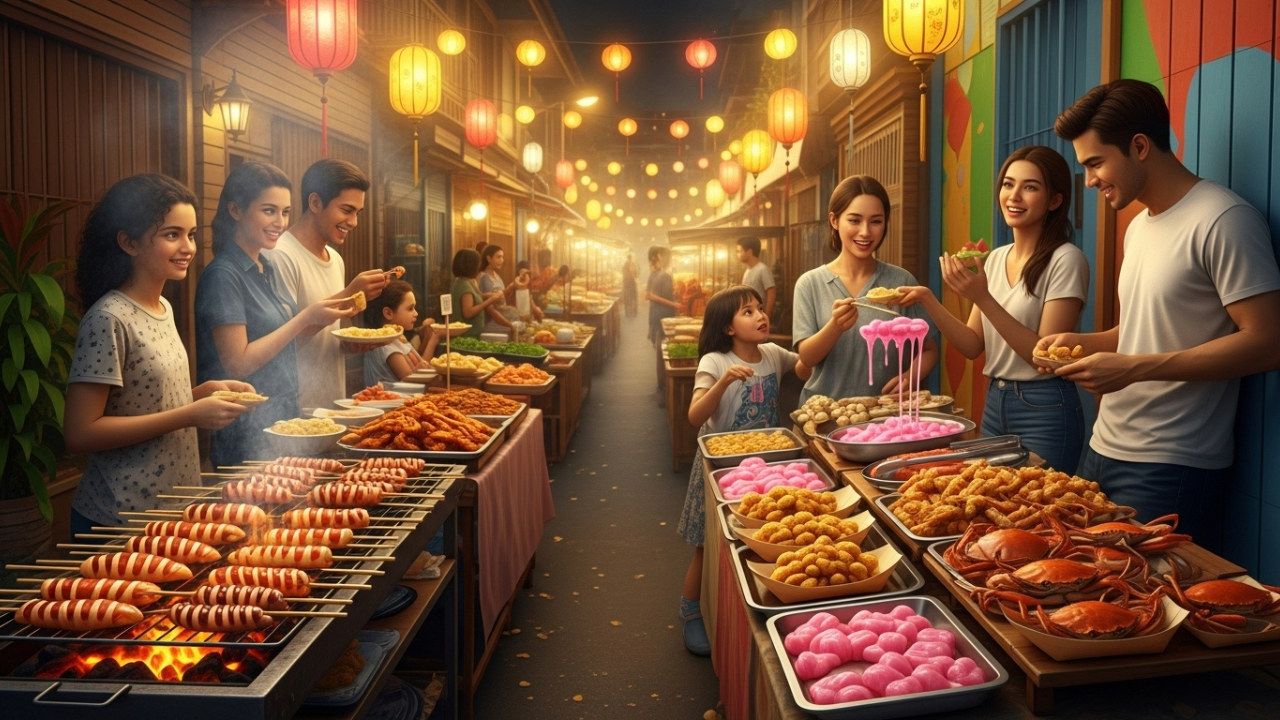

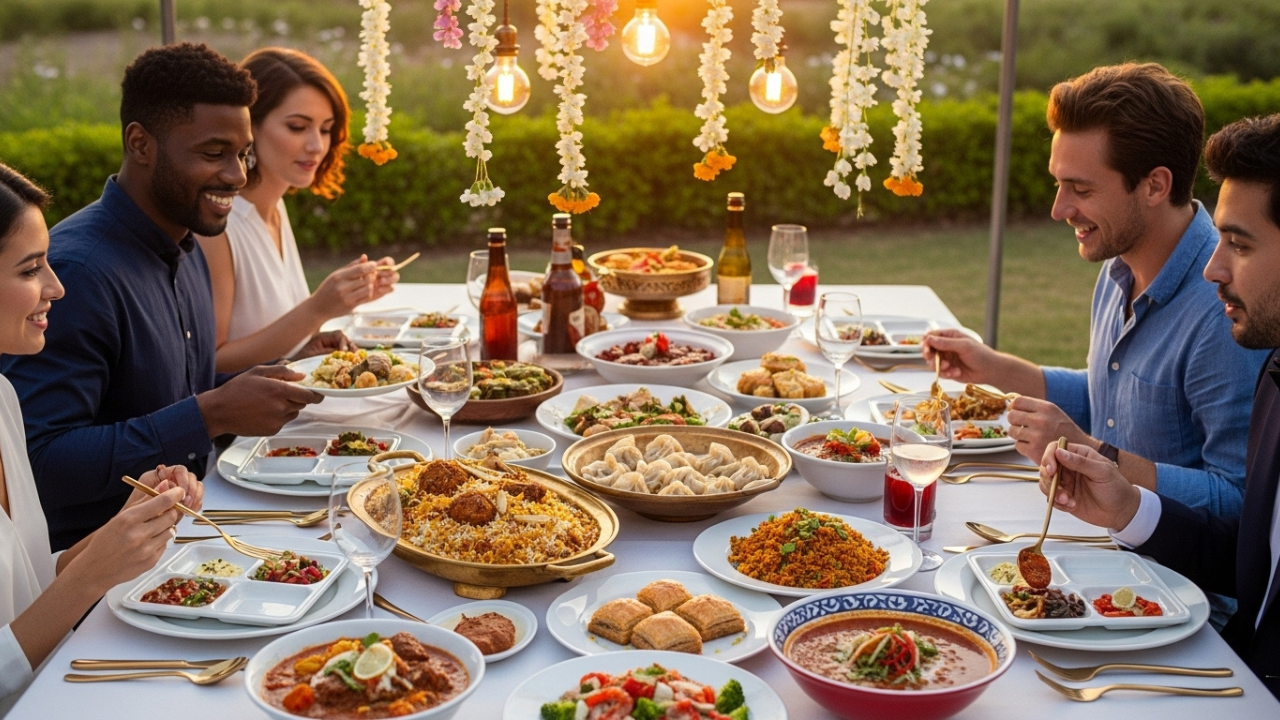
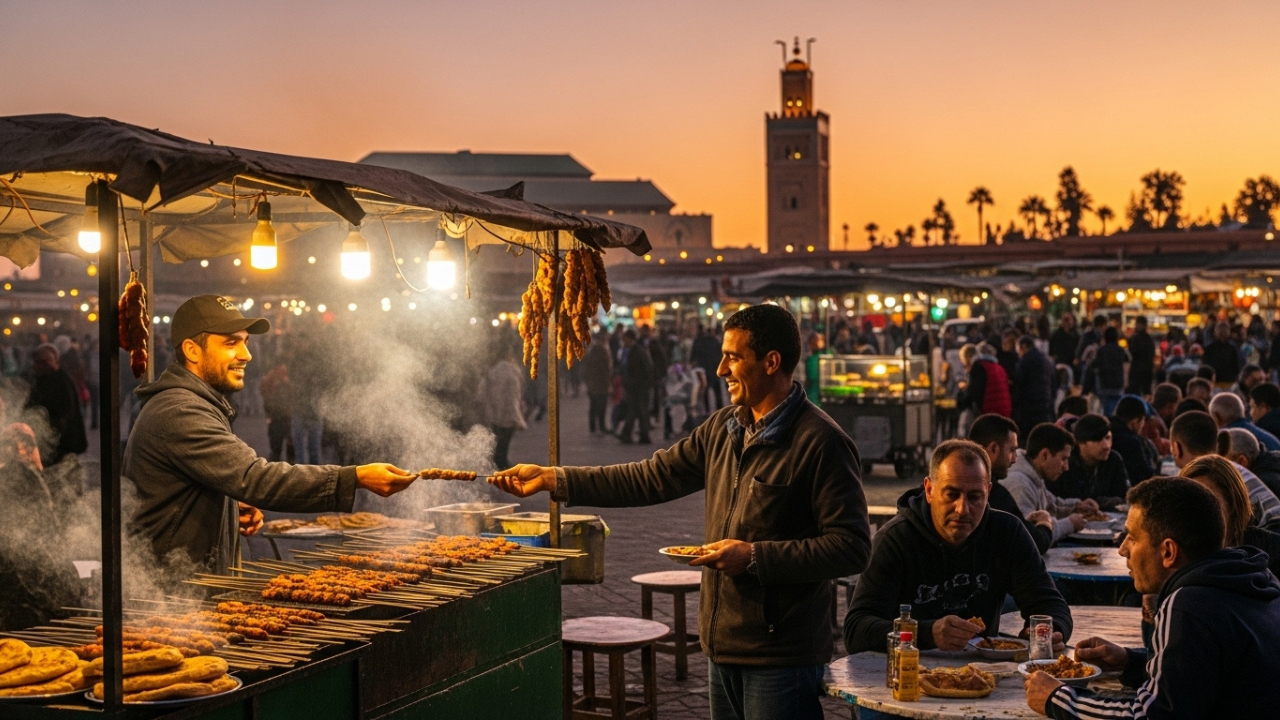
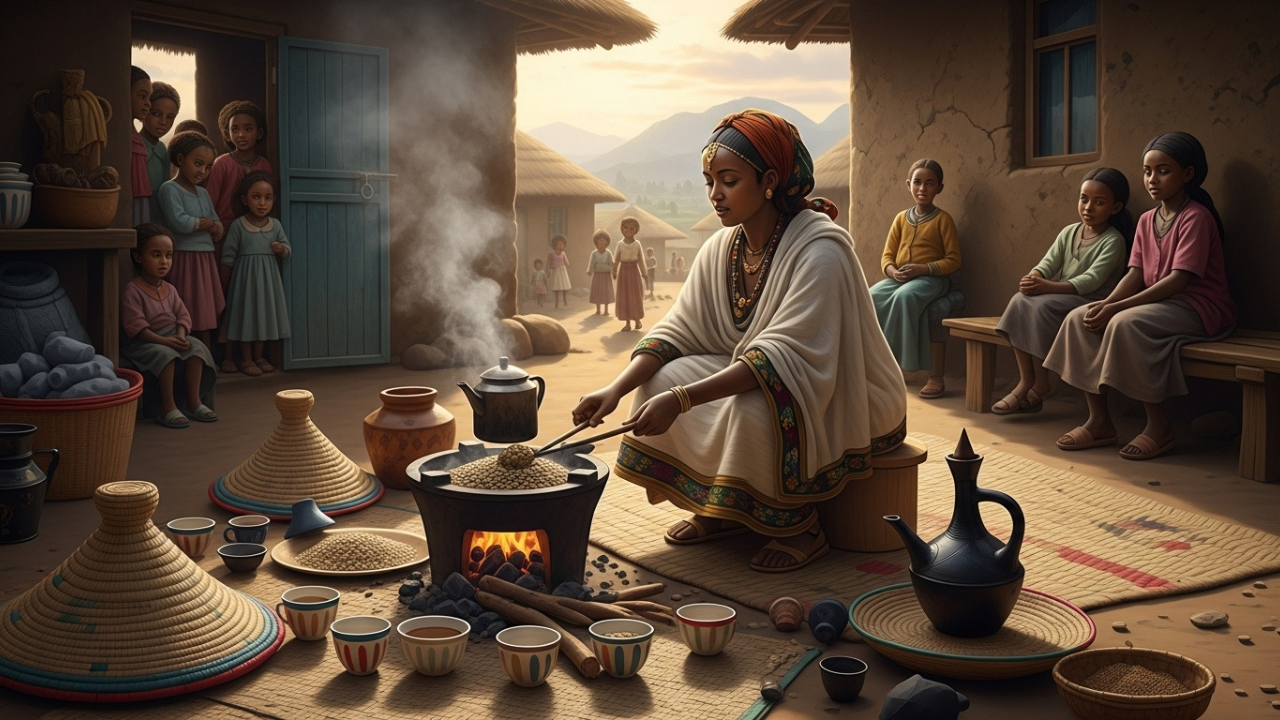

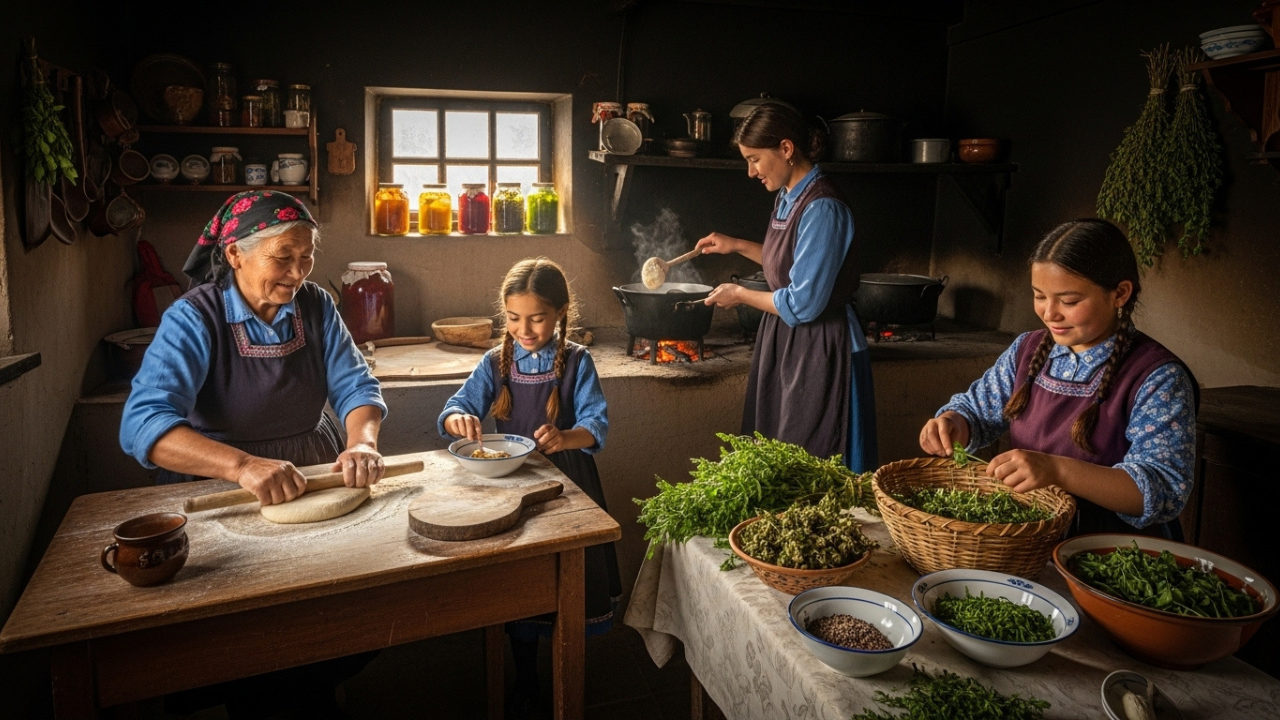
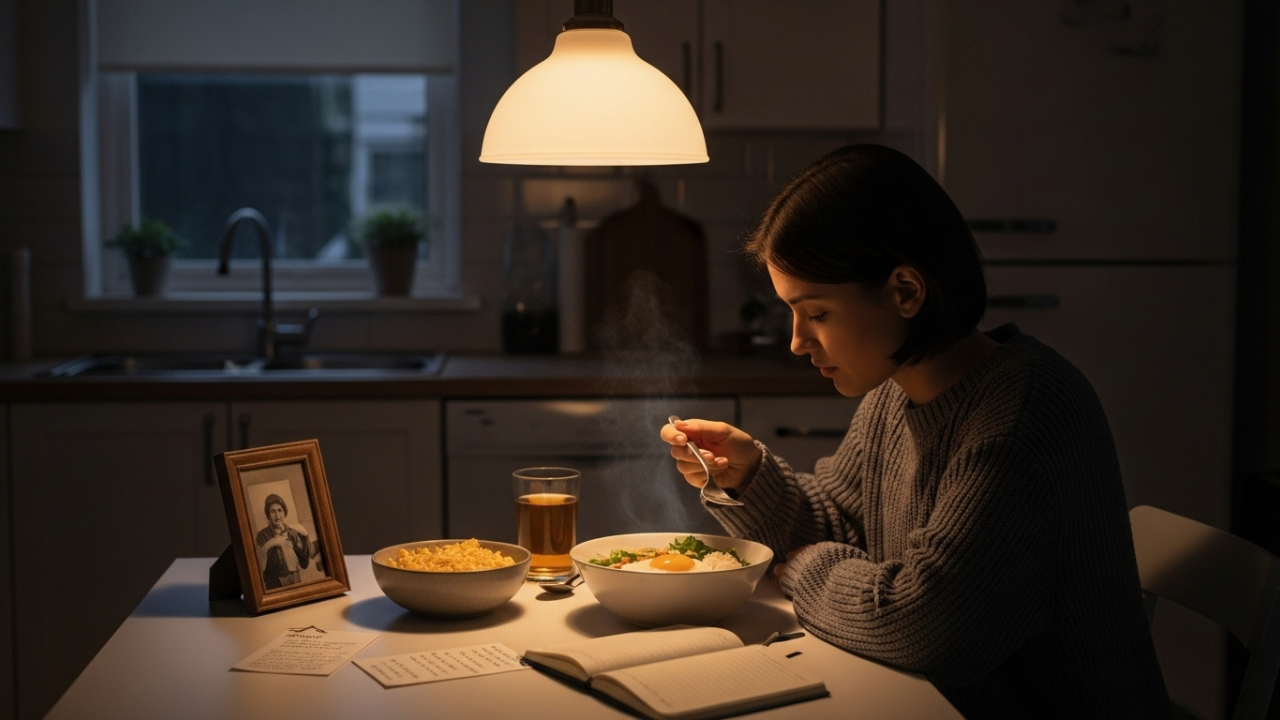
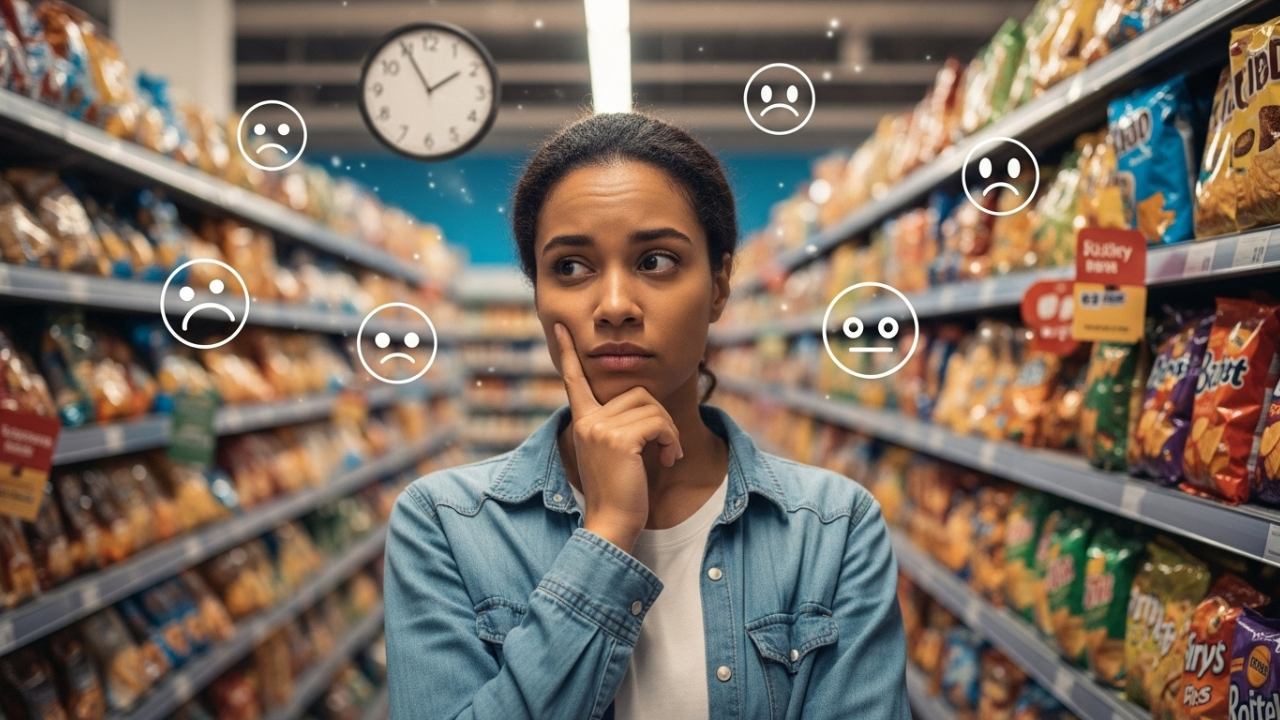
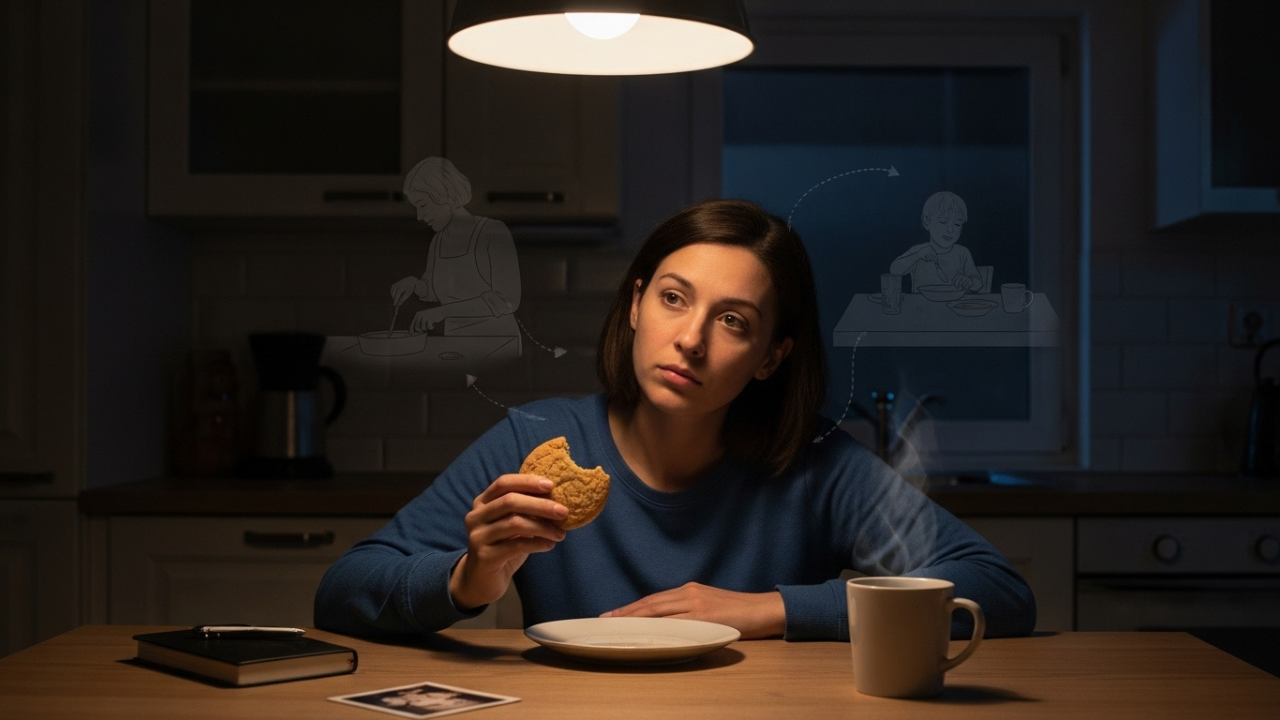
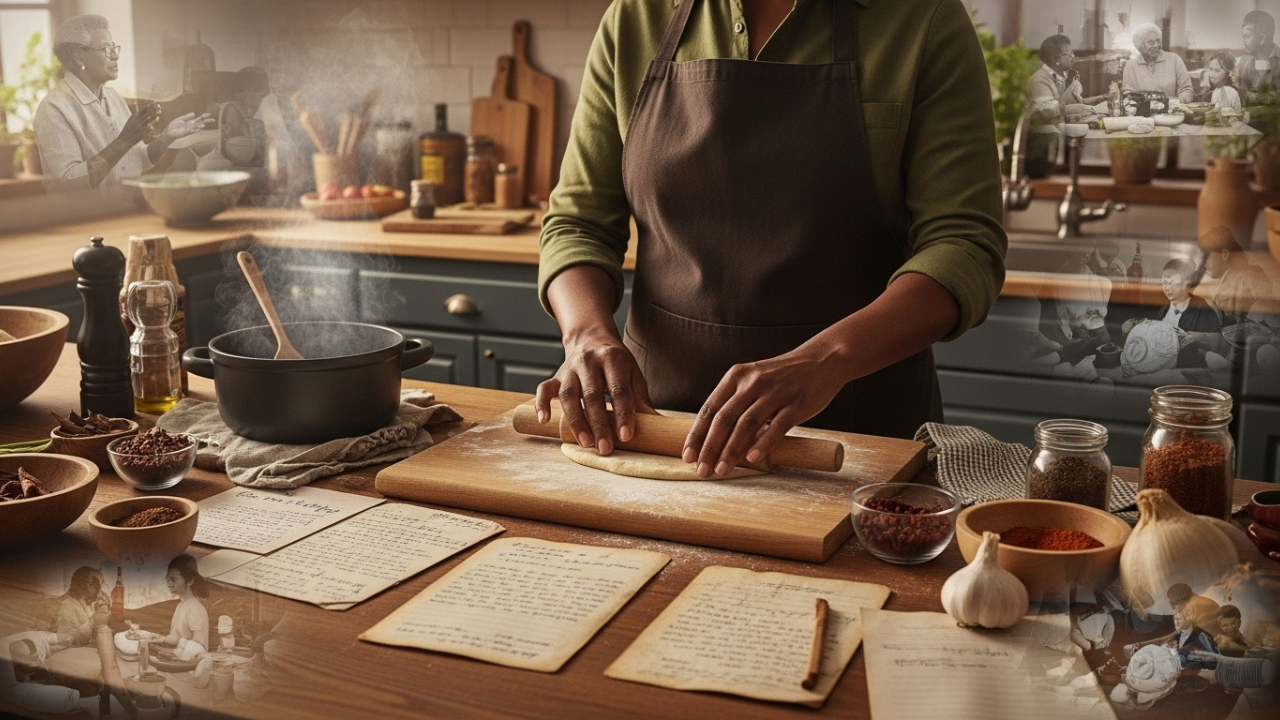
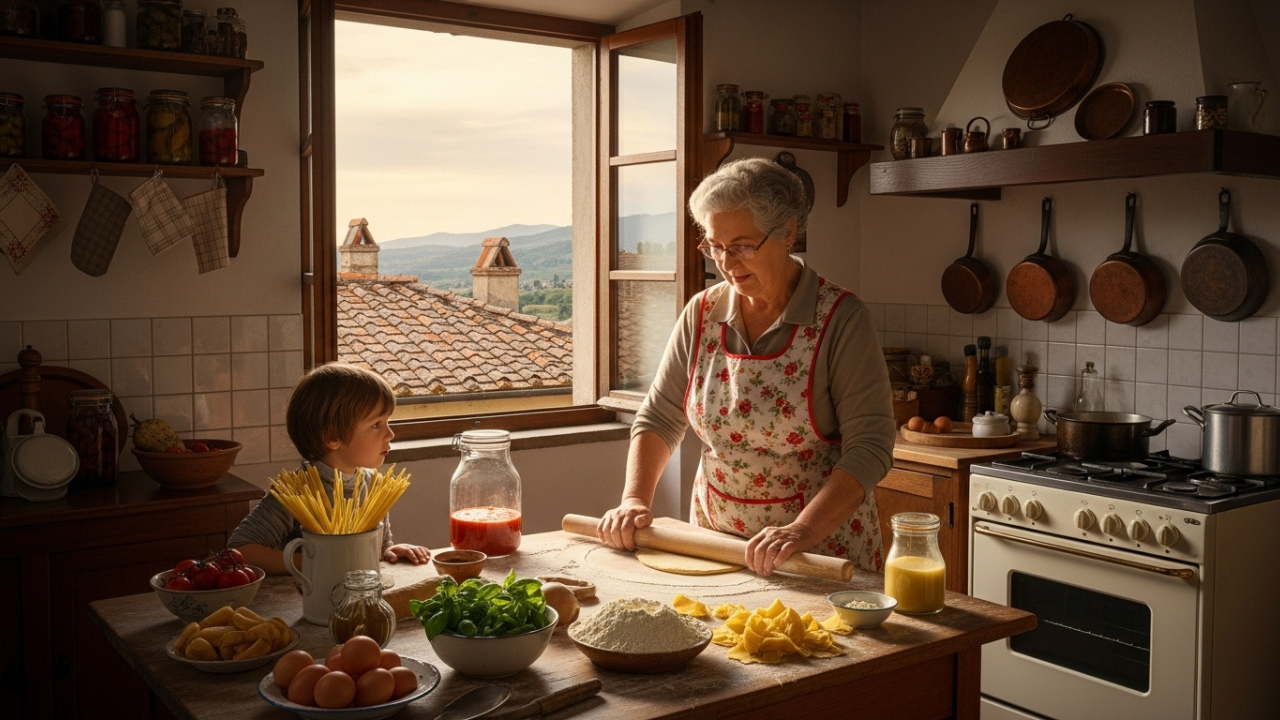

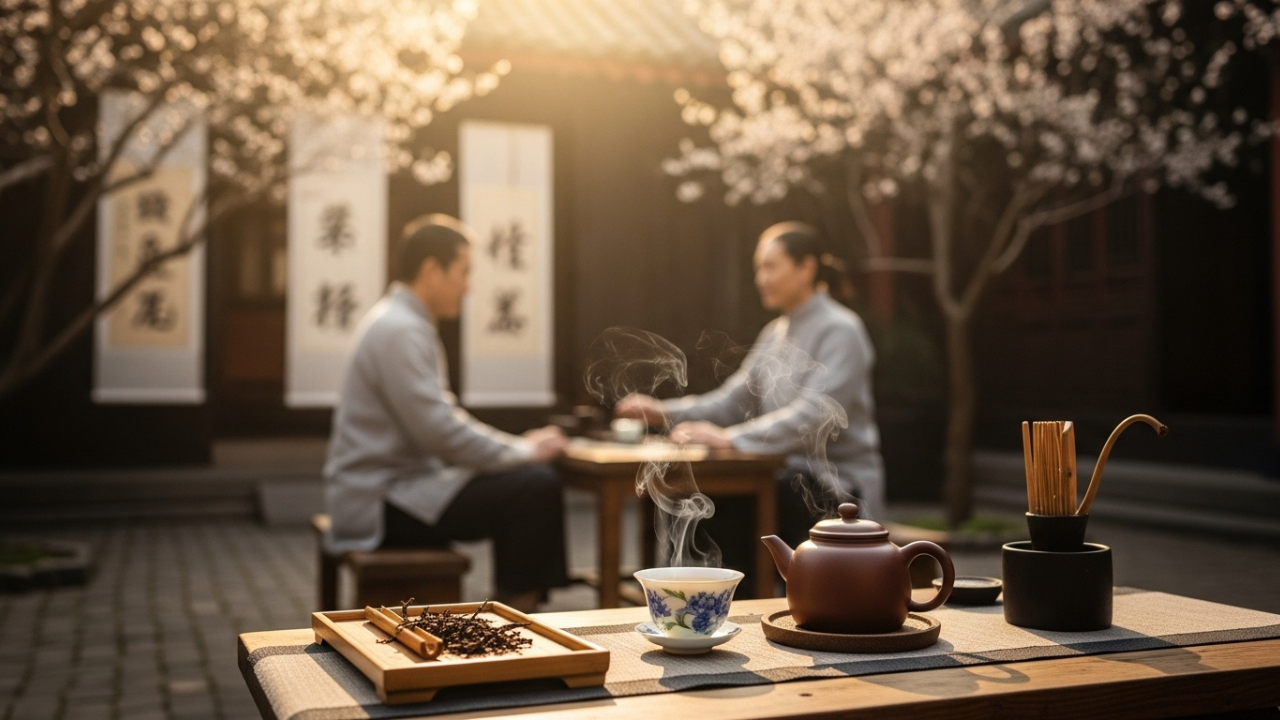
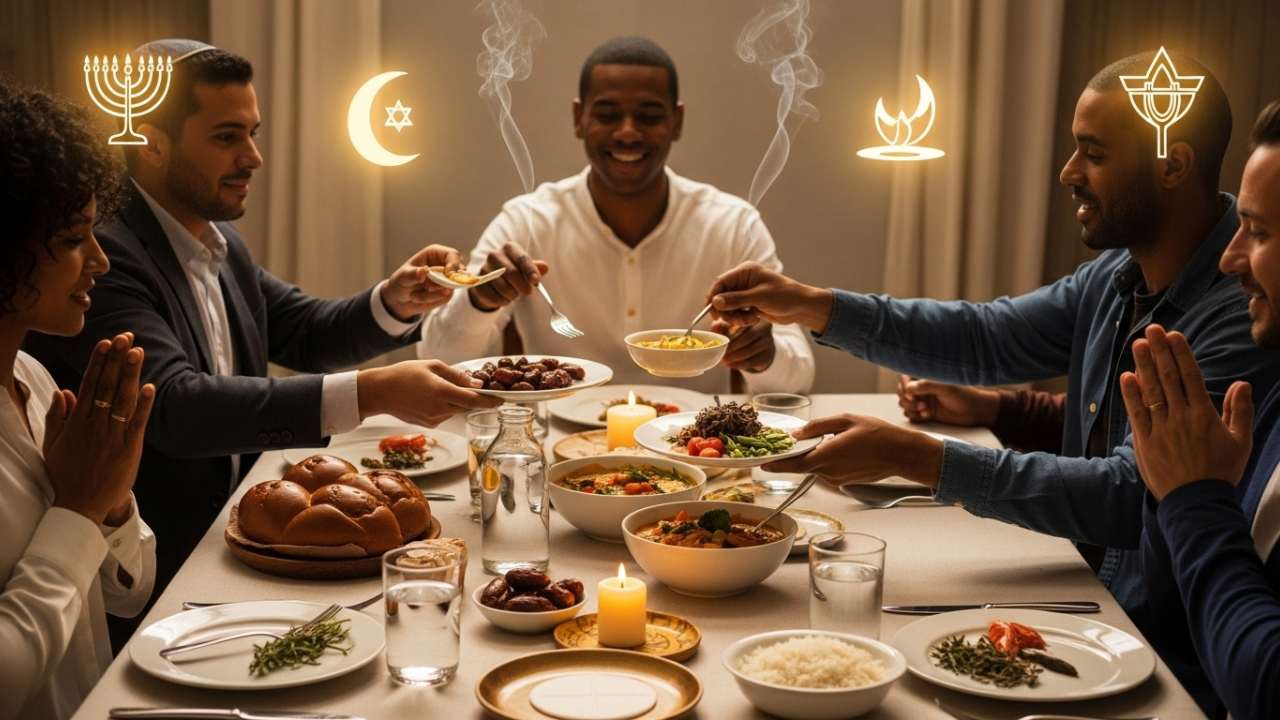
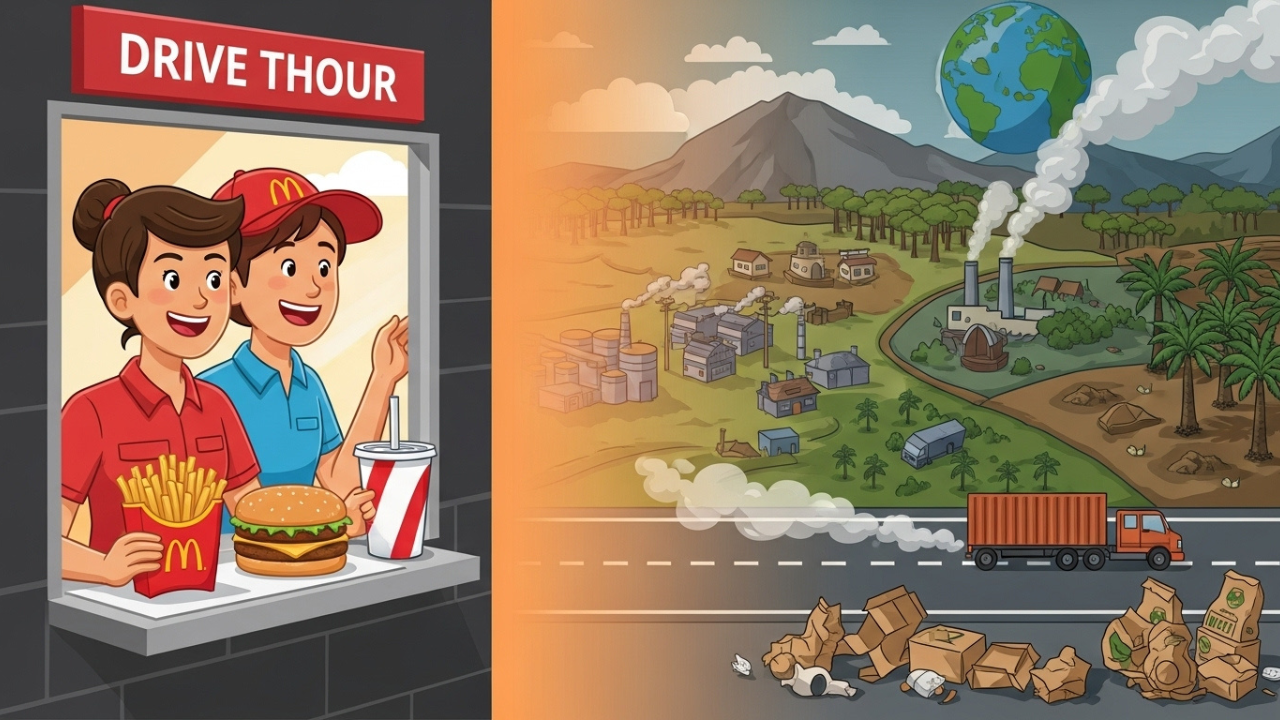
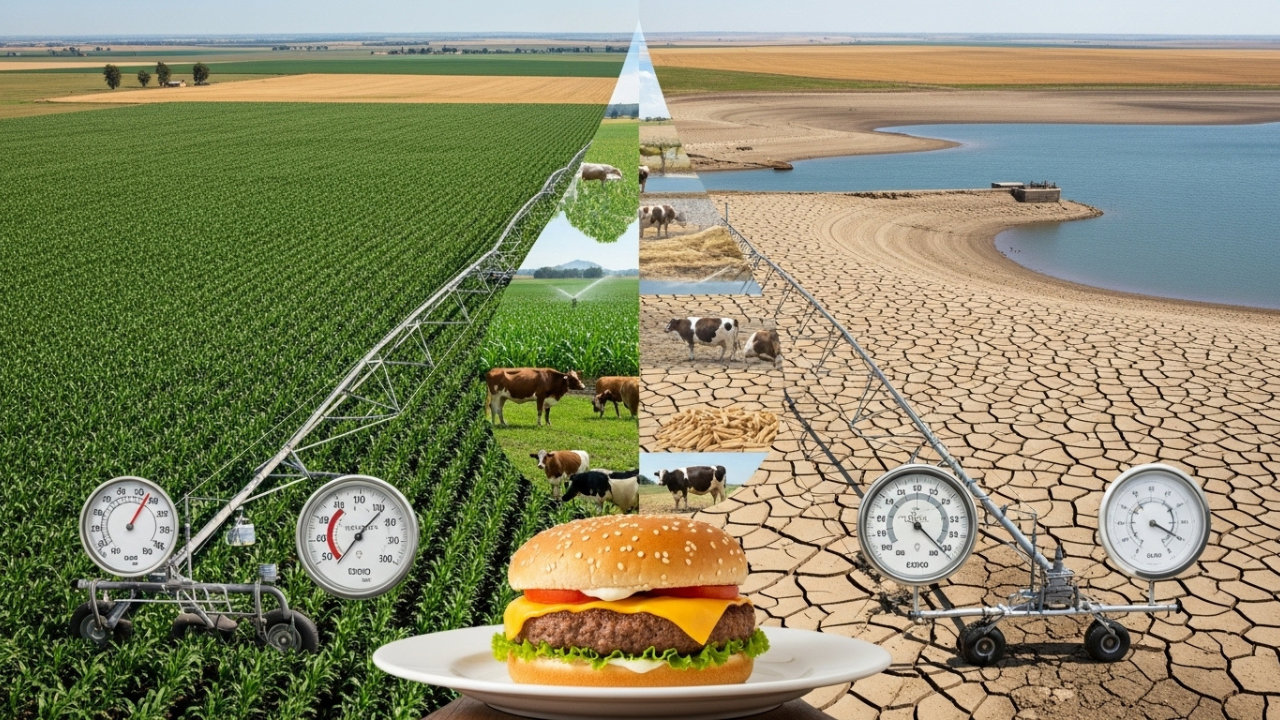

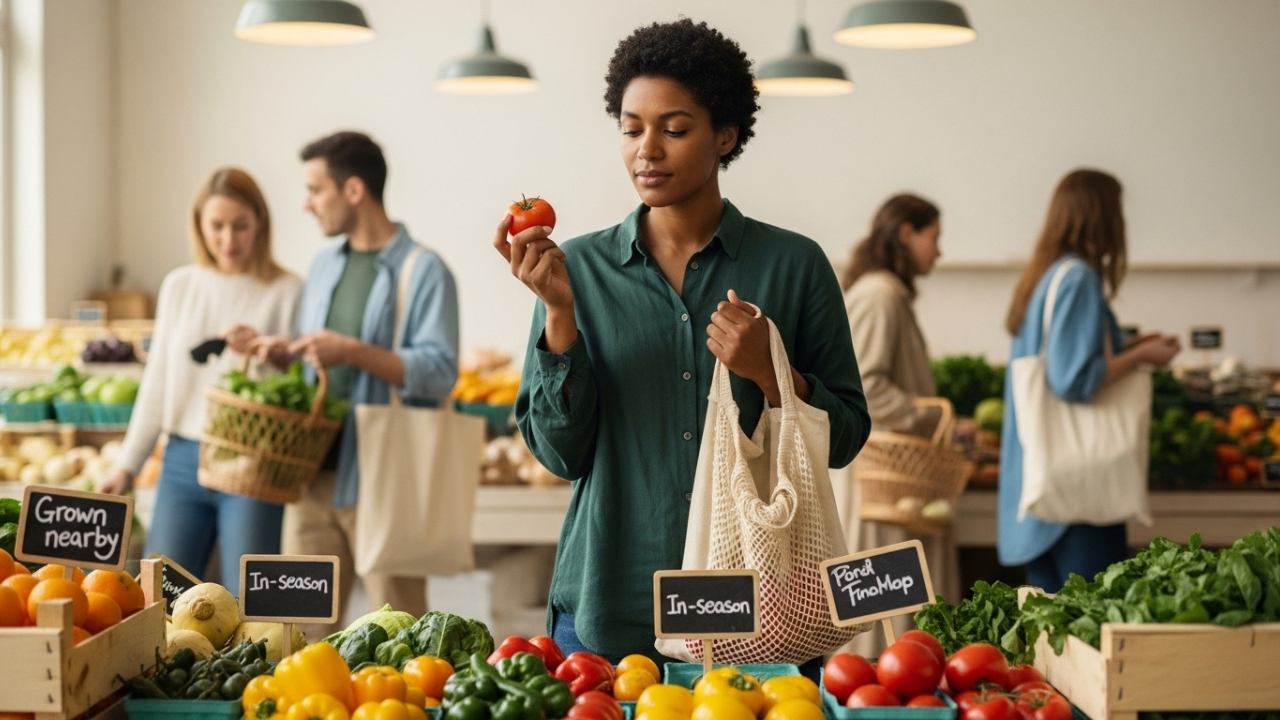
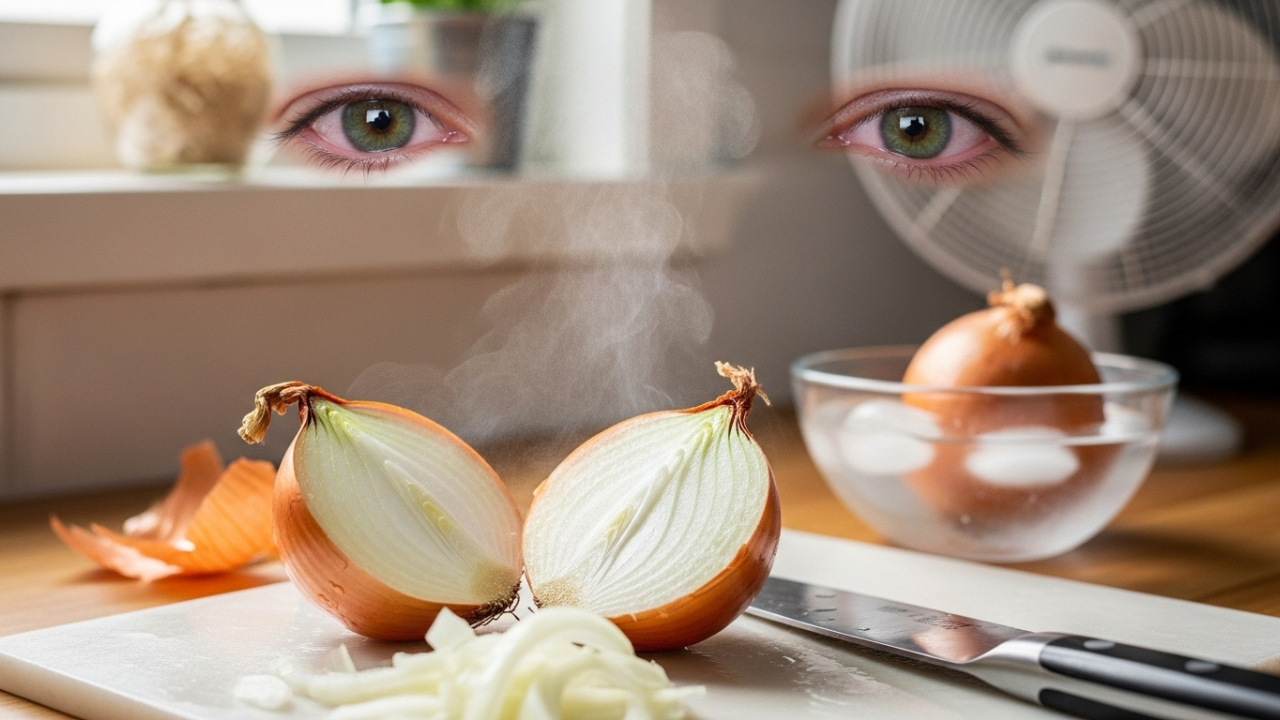


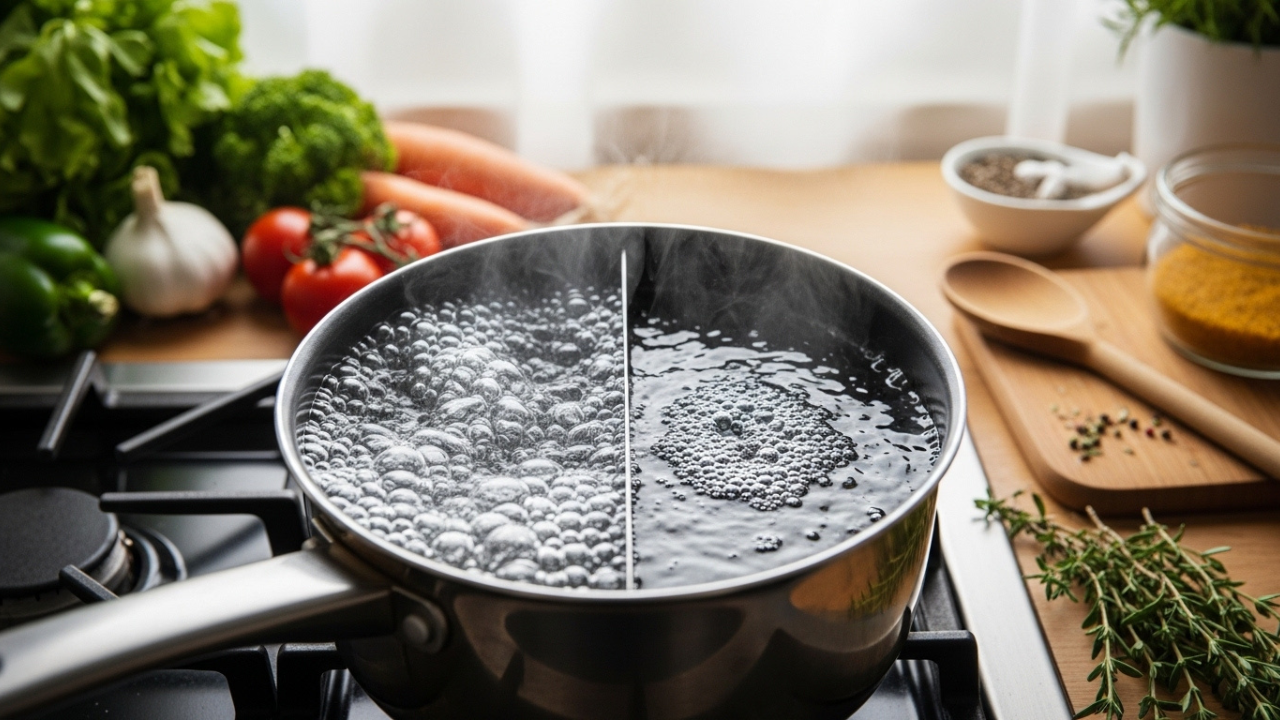
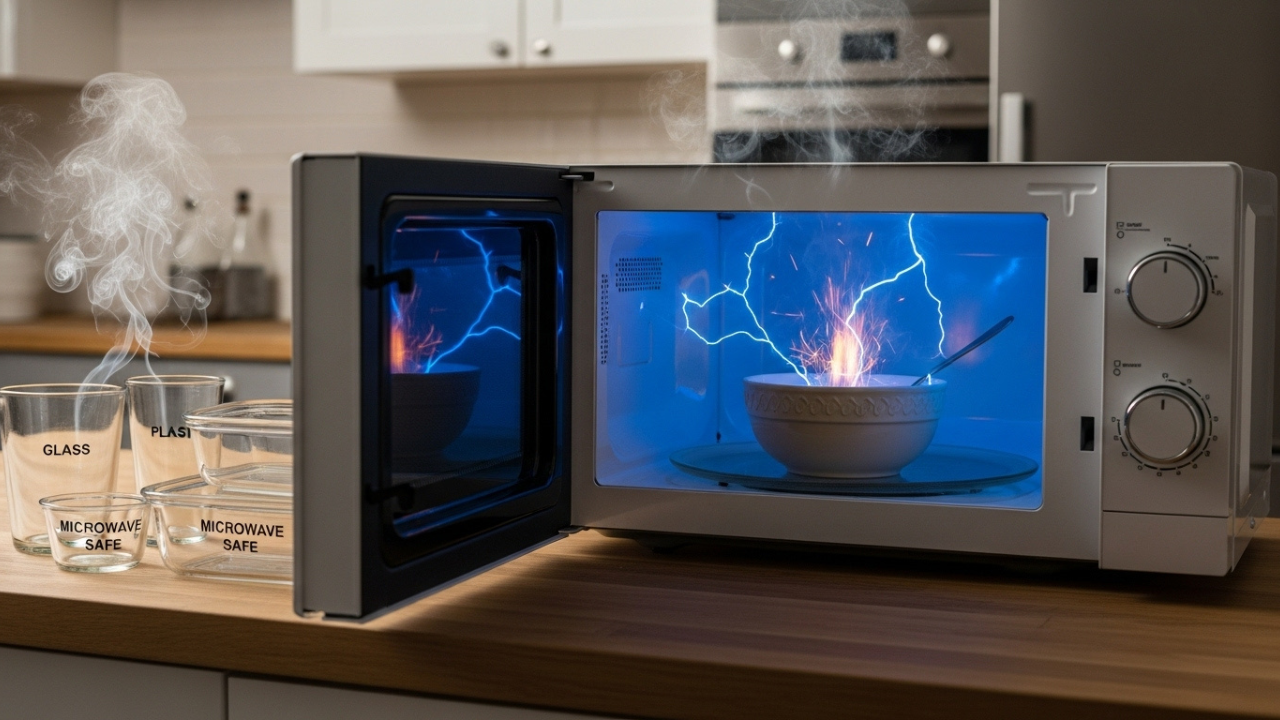
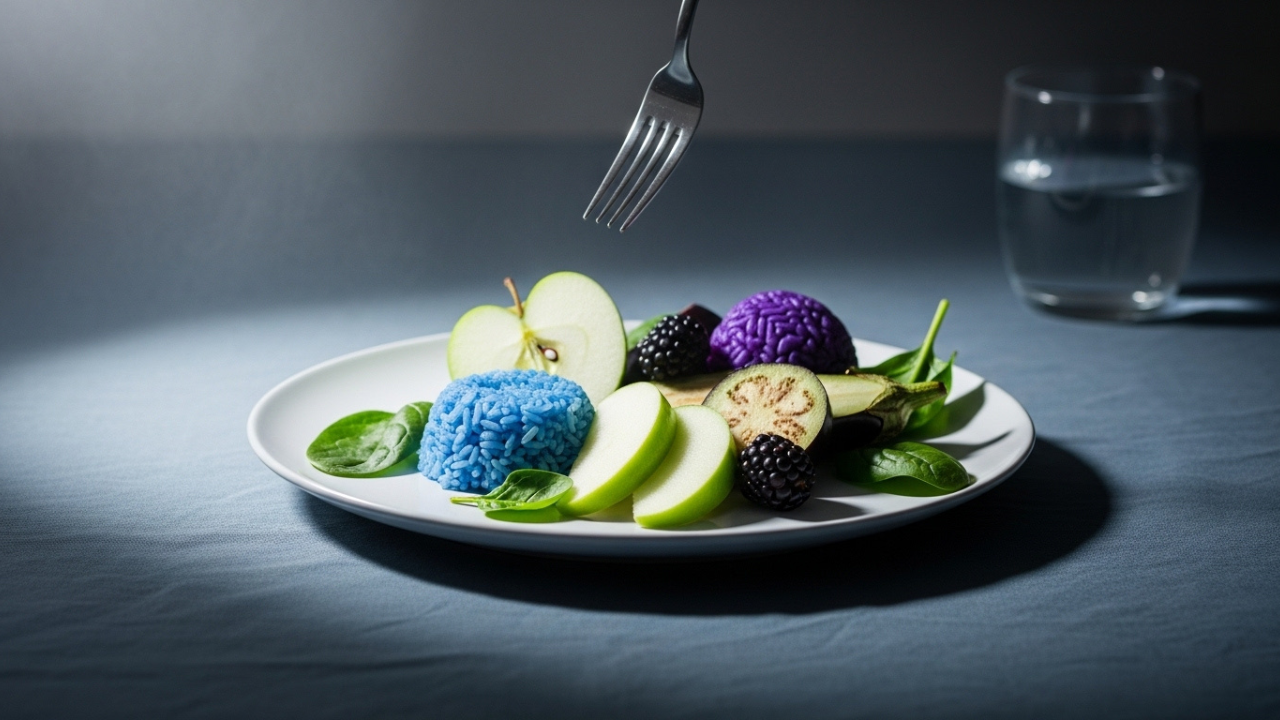
Leave a Reply